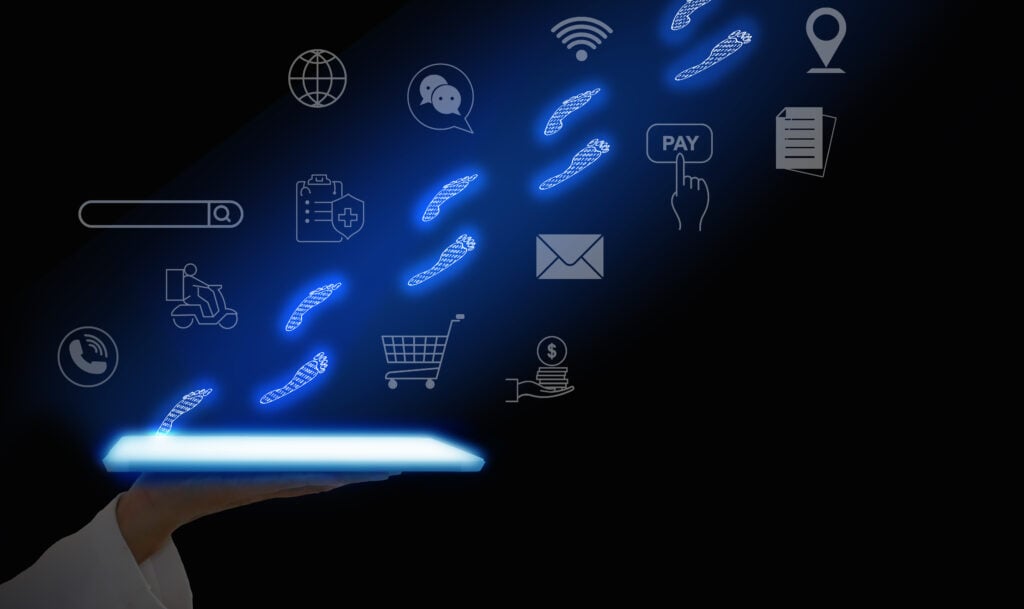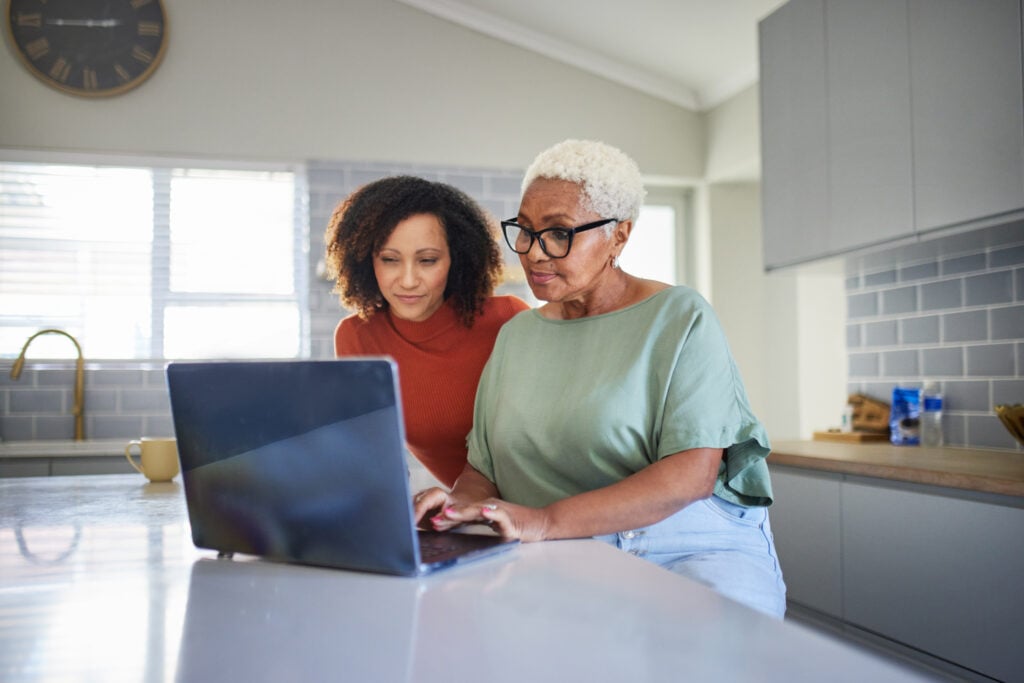These days, most of us spend a lot of time online – scrolling and posting to social media, researching everything from doctors to taco shops, paying bills, paying taxes, sharing photos. All of this makes up our digital footprint. The estimated number of internet users worldwide is 5.45 billion. The average individual has 6-7 social media accounts. While signing up for the newest platform may seem almost routine, few of us stop to consider: what happens to these accounts – and our photos, videos and posts – after we pass?
The truth is, people often overlook their digital legacy until it’s too late, leaving families with the challenge of figuring out how to access documents, photos, and videos as well as how to close down the accounts of those who passed away. Luckily, there are simple steps you can follow to prepare for your own digital legacy and to access important accounts after the death of a loved one.
What is my digital footprint?
Your digital footprint is everything you leave behind online, like emails, photos, bank accounts, social media profiles, shopping history, search history and so on. Every year, we create more accounts — sometimes without even realizing it. Without planning ahead, managing a digital footprint after a loved one passes can be more difficult for families to manage.

How can I manage a digital legacy?
The best way to manage a digital legacy is to plan ahead. At the University of Colorado, law students launched something called the Digital Legacy Clinic. The first of its kind, the Digital Legacy Clinic was designed to help people prepare ahead of death so families can retrieve photos, videos, emails, and other important documents easily after a loved one’s passing.
You don’t need to be a part of a clinic to take action. The most important thing is to start asking yourself important questions:
- Who do I trust with my login information?
- Where should my important documents go?
- Who should be able to access my accounts?
Major platforms like Google, Apple, or Facebook have digital legacy tools built in where you can assign a trusted person access when you are gone.
- Google offers an Inactive Account Manager that lets you decide what happens to your account if it’s inactive for a certain time.
- Apple lets you assign a Legacy Contact in your Apple ID settings, and that person can access your account with a special key and a death certificate.
- Facebook also lets you assign a Legacy Contact in your account settings, who will access your account after death.

Next steps for preparing your digital legacy
At the end of the day, managing your digital legacy isn’t just about you, its about making things easier for the people you care about. Getting started can be pretty simple:
- Ask yourself the important questions.
- Identify who your responsible party should be.
- Explore the resources available to you and take advantage of the tools you have right now on Facebook, Google, and Apple.
- Maintain a list of important passwords using a secure Password Manager (popular examples include LastPass and Google’s Password Manager) so your loved ones can access if needed.
And spread the word! Start the conversation with others about managing their digital legacy. Getting people to talk about this more openly could make a huge difference for families in and around your community.


 Pamela Maloney
Pamela Maloney